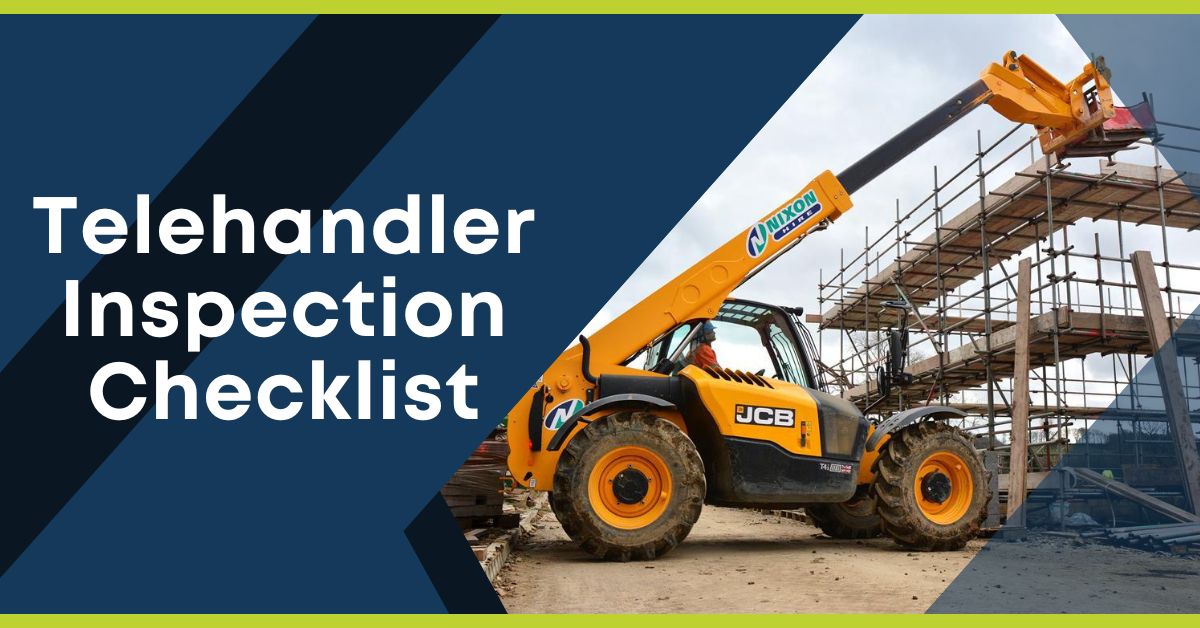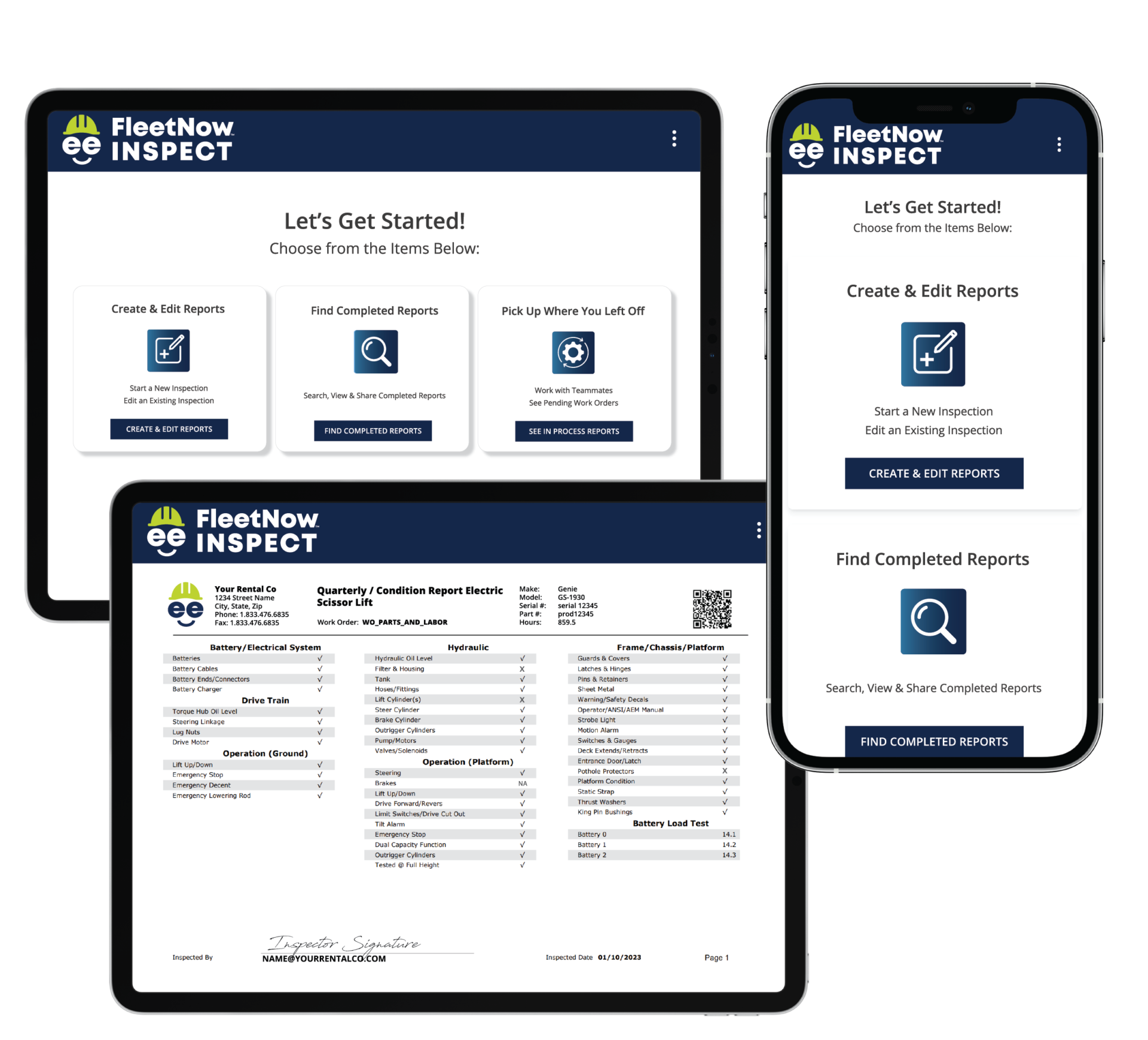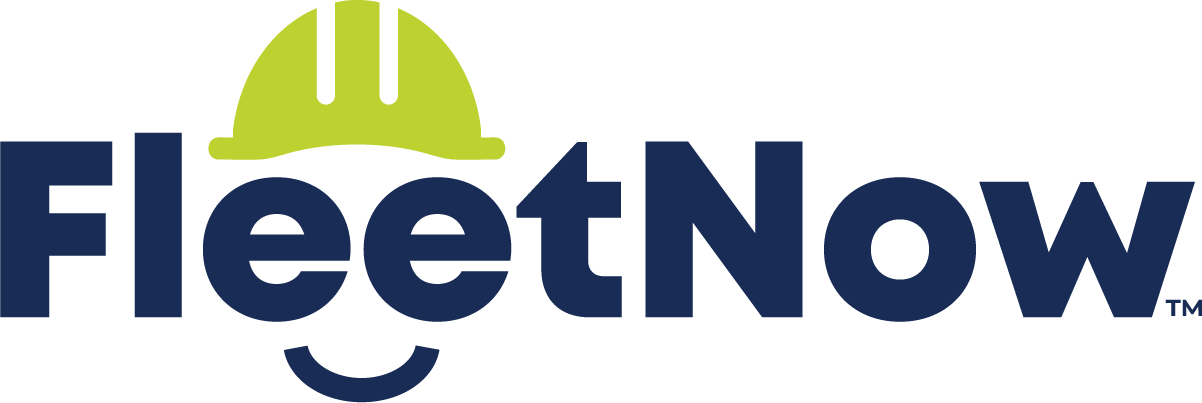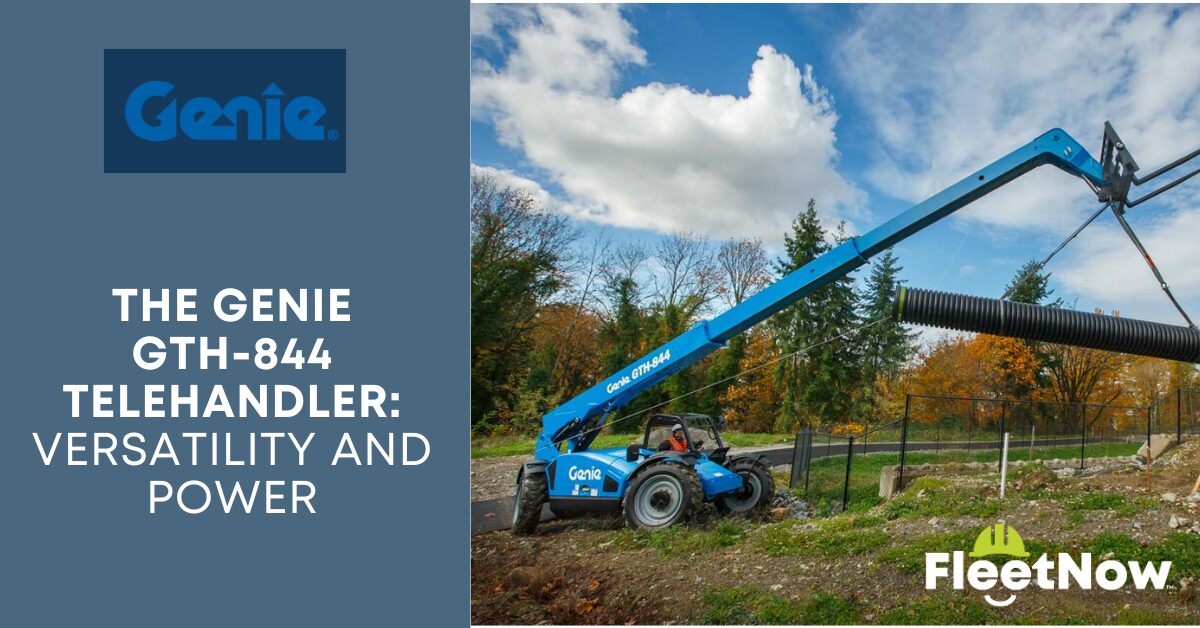Telehandler Inspection Checklist
A crucial aspect of ensuring the safety and reliability of telehandlers is the implementation of a comprehensive telehandler inspection checklist. Telehandlers play a pivotal role in material handling and construction tasks. However, their complexity and the potential risks associated with their operation underscore the need for regular and meticulous inspections. Using an inspection app, or a checklist, like the comprehensive telehandler inspection checklist below, provides a systematic approach to assessing the condition of your telehandler.
The Importance of Inspection
Telehandler inspections are important due to their direct impact on safety, productivity, and the overall well-being of workers and worksites. These inspections serve as a crucial line of defense against potential accidents and hazards in industries where telehandlers are utilized. By meticulously assessing the condition of these powerful machines, operators and managers can detect and rectify issues before they escalate into serious problems.
Regular inspections help prevent accidents, injuries, and costly equipment damage by identifying and addressing issues like hydraulic leaks, brake failures, structural weaknesses, or worn-out components. Furthermore, adherence to inspection protocols ensures compliance with regulatory standards, fostering a culture of safety and responsible machinery operation. Ultimately, telehandler inspections are a proactive strategy that not only safeguards lives but also extends the lifespan of equipment, reduces downtime, and supports the overall success and reputation of businesses in industries that rely on these versatile machines.
Telehandler Inspection: What Must You Do?
The Occupational Safety and Health Administration (OSHA) provides guidelines for telehandler inspections to ensure safe operation in the workplace. A telehandler inspection should be conducted daily before each shift and includes both a pre-operational and operational inspections. If problems are discovered, they must be reported, and the telehandler must be removed from service immediately. Learn more about OSHA regulations here.
Telehandler Inspection Checklist
While specific checklists make vary slightly depending on the telehandler’s make and model, key components that should go into the telehandler check include:
1. Pre-Operation Inspection
2. Exterior Inspection
3. Engine & Fluids
4. Functional Checks
5. Mast & Boom Inspection
5. Operational Tests
Does your company need a quick and effective way to inspect equipment?
FleetNow Inspect is the perfect solution for any organization looking to streamline their inspection process. With our easy-to-use app, you can save $2,700 per mechanic each year by switching to digital inspections. Plus, with just one click you can share reports and turn rental machines around faster than ever before!
Contact at FleetNow today to experience fleet maintenance made easy at https://buyfleetnow.com/inspect call us at 216-973-5124 or e-mail jill@buyfleetnow.com









